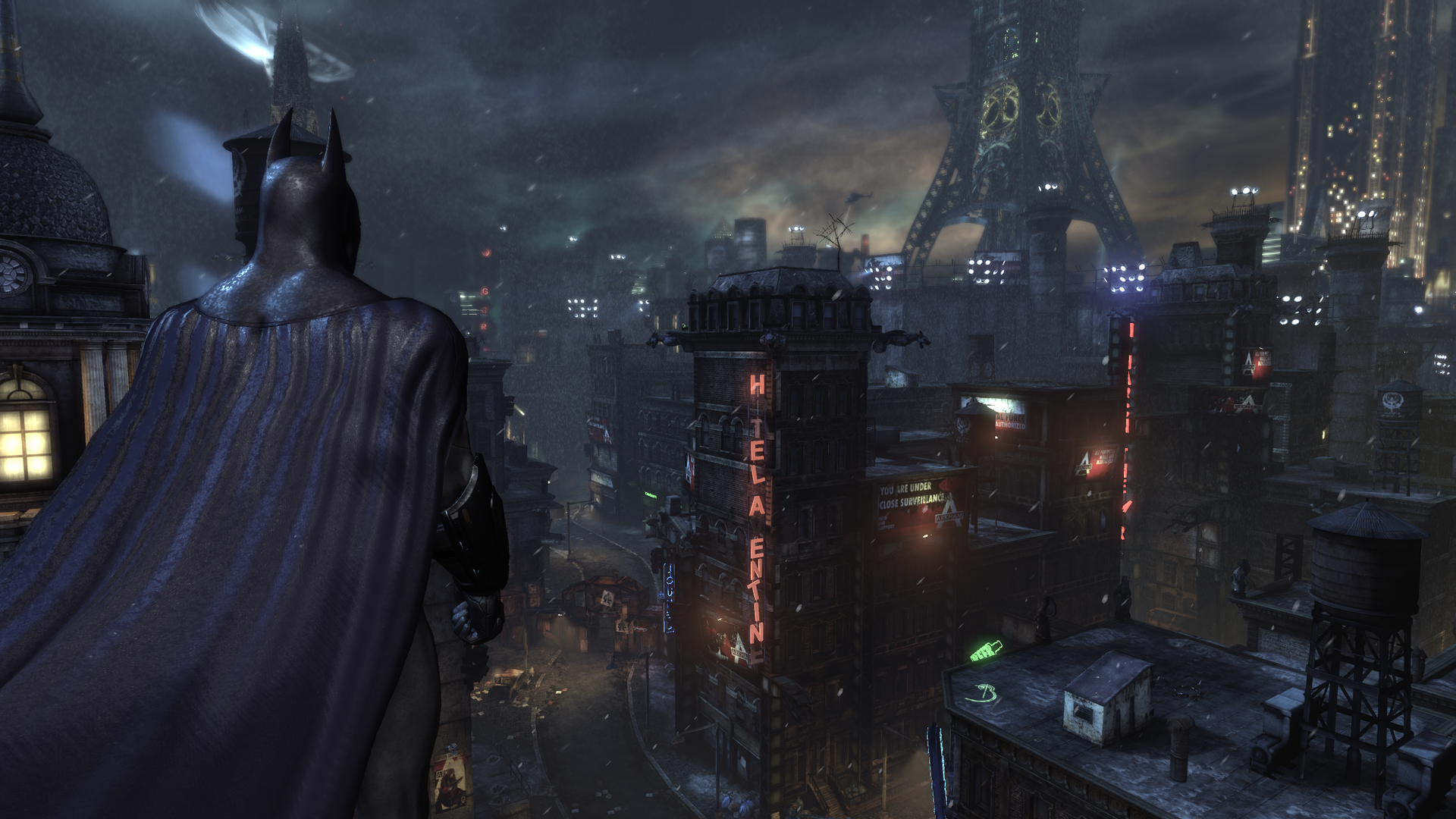The only problem with those screens and possibly why many are unimpressed is that , flat out- the closeup of the demonlords head doesn't look that great, it's low poly and in a single screengrab nothing about it looks beyond what we see today in spades. Hell, it looks just like something in the game "overlord" to me.
You see "unreal 4.0" and you want to be just absolutly floored, these screens simply don't do that, even if you blow them up and look at the extra detail- which IS there, there isn't anything that really wows the shit out of ya. The other half of the demo sounds more likely to do that, playing with a ton of realtime light is very demanding performance wise but again, screens of such a thing won't likely do much. You will NEED to see video.
There's also epic building up their own hype with statements such as "unreal 4.0 will make samaritan look like dog shit" or similar hyperbole. Samaratan actually still looks pretty damn amazing , I'd be curious to see epic make a new version of that demo running in unreal 4.0 just to better showcase why the new engine is better. Everything about it sounds excellent on paper.
Mentioning the easier changing of assets is a huge plus to hear about, I don't work in the undustry but it's a sticking point to me as a customer realizing that the way games are made and have been made for the last 25 years is an unsustainable method of production.
8bit games took a half dozen people 6 months and a 100K
16 bit games took a dozen people 6 months to a year and 200k
32/64 bit games took 2 dozen people a year + and 500K
128 bit games took 4 dozen people a year or 2 and 1M or more
256(current gen)bit games take 80-100 people 18 months to 3 years + 10M or more
the logical next end point for that is troubling
Next gen games needing 200+ staff and 30 months or more dev time + 50M or more
Anything that can put a wrench into that equation is good in my books , I'm also exaggerating a bit , I'd say it's more accurate to say that the man hours required to make a game quadruple with each generation. This translates into say a 2600 game needing 640 hours of devtime, so 1 guy spends 4 months or perhaps 2 guys spend 2 months building it. Then on the NES , using the new resources available that games successer takes 2560 hours to build so 4 guys have to spend 4 months or 8 guys spend 2 months . Move that up to 16 bit and now you need 10240 man hours to build a game , that 8 man team could do it but it will take them 8 months or you can turn it into a 16 man team and build it in 4 months. Dev costs increase as you add staff and take longer to make things.
Get up to the playstation era and now you need 40960 man hours to make a game. Starting from that 1 guy example- that's 20 years of regular 40 hour weeks. Using the same size team as the snes era (16 people) you get a much more feasible 64 week dev time, if you double your staff you can still get a game out the door in roughly 6 months.
It's the leap from the playstation to the playstation 2 that starts throwing things into perspective.... 163840 man hours to build a game last generation. 80 years of work for 1 guy. Fast forward to the team size you had on ps1 though (32 people) and you get 2.5 years this means you can cut corners to make a smaller game and release earlier OR you hire more people again, doubling your team size to 64 means you might get a game finished in 15 months .. but you have to pay 64 people for those 15 months. This is why so many developers and publishers collapsed under the weight of failure last generation.
The absurdity involved going from playstation 2 to 360/ps3 is why EPIC's engine simplifying and speeding up as many processes as possible is absolutely required.
655360 man hours. Just read that aloud. These time estimates are based largely on the visual fidelity improvements I've witnessed with my own 2 eyes in the last 20 years. Compare gears of war 3 to atari combat and you'll realize that absurd number isn't really so far fetched. Our poor programmer from the 2600 game would require 315 years to make say gears of war 3. Even utilizing the 64 man team you put together for the ps2 generation ends up with just shy of 5 years of development time. This ends up with the same decision as last time- do you keep that team and toil over a game for the entire generation to make a product ? this is what's happened in japan with many developers (sony, square soft to name the most prominent) , do you double up the team size to 128 staffers to maybe squeeze that game out 2.5 years ? That's what many western devs and some japanese devs have done (capcom, ea games, activision) or do you take the option of least resistance that everyone else has taken so far these last few years- scale back the products size to half that of the previous gen game and release more sequels. There's also the option that only EA , take 2 and activision have done so far- quadrupling staff , 250 staffers can now toil over these mammoth projects to get them done in 15 months still. The cost involved in that method is very prohibitive though.
So the future of this is bordering on insanity- the number for those interested still is now 2621440 man hours. Dwell on that for a minute. Assuming the same leap forward we got going from ps2 to ps3 (perhaps it won't be that large?). Our immortal atari 2600 programmer now had to toil away for over 1200 years. Even our inflated mega budget team that only a half dozen studios worldwide can afford (256 staff) will have to spend 5 years to utilize the available quality. Again the same question is tossed out- how to compensate, the same answers show up. You can cut the size and scope of the game back 50% but even if you do that the non mega budget team of 128 people will still have to spend 5 years. You can move on from megabudget games to gargantuan budget games and have a staff of over 500 people, this is REALLY not feasible though. Let's say you , as a big time publisher decide to cut the games scope back by half and you hire enough people to increase your team size by 50% instead of a full 100%. So you've got nearly 400 people working on a game now just to get it done in 2 years. That's 70 million $ in wages NOT counting marketing/pressing/overtime.
I could go on but I think you guys have to be seeing why the biggest innovation with unreal 4.0 IS allowing for faster production with fewer people involved. We've hit a plateau where development cost in concerned and passing it , as you can see, simply isn't a very good option. At 70 million invested in a game the title (at 35$ income per copy sold) would require sales of 2 million copies at full price just to break even. Add in the cost of marketing that big project as well as probable overtime /bonuses and making money on such a venture would really require more like 3 million copies sold. This is all assuming the current pricing structure remains roughly the same. For all I know the price of a game at retail may go down a bit with a seperate dlc card being sold for the same price. This may make the real cost to consumer 25+40$, add in the development cost for the DLC features and perhaps you'd get by okay with 2.5 million sold instead.
How many games in the last 10 years have sold even 2.5 million within 3 months of release?
Idono, sorry to clog this thread up with ranting. Just trying to offer some perspective on why visual fidelity alone isn't what we should be looking at here.






